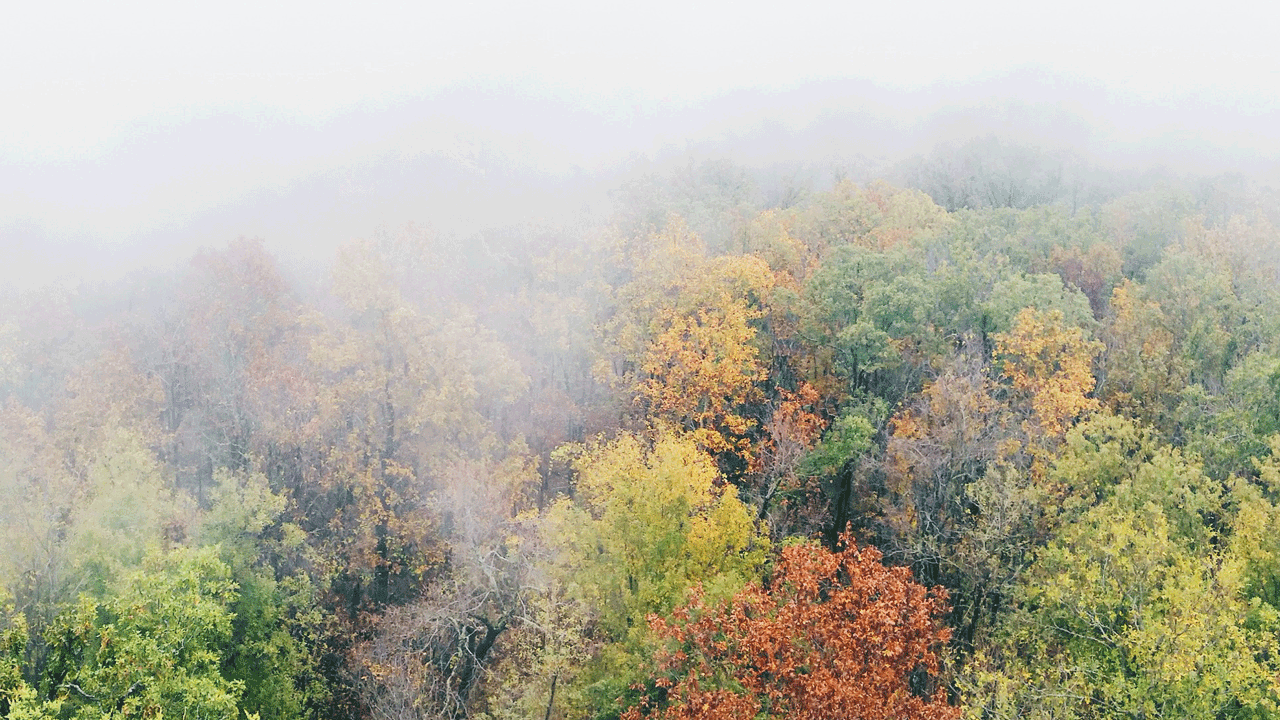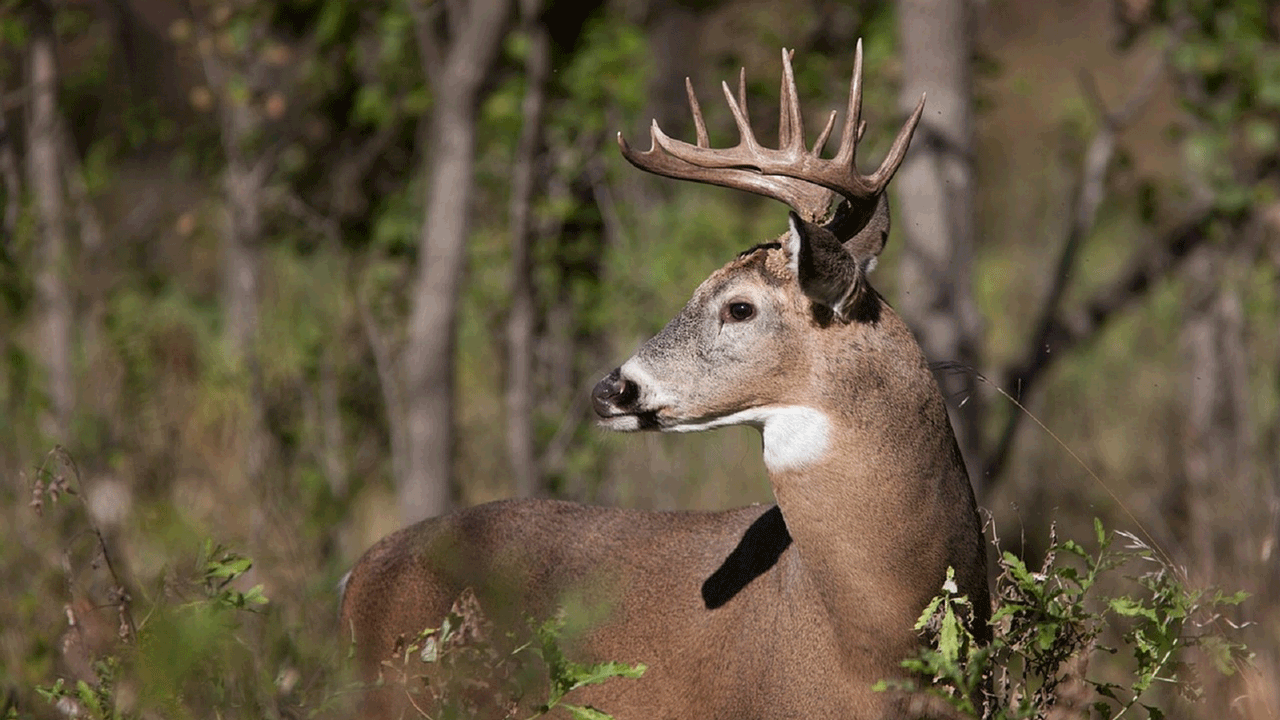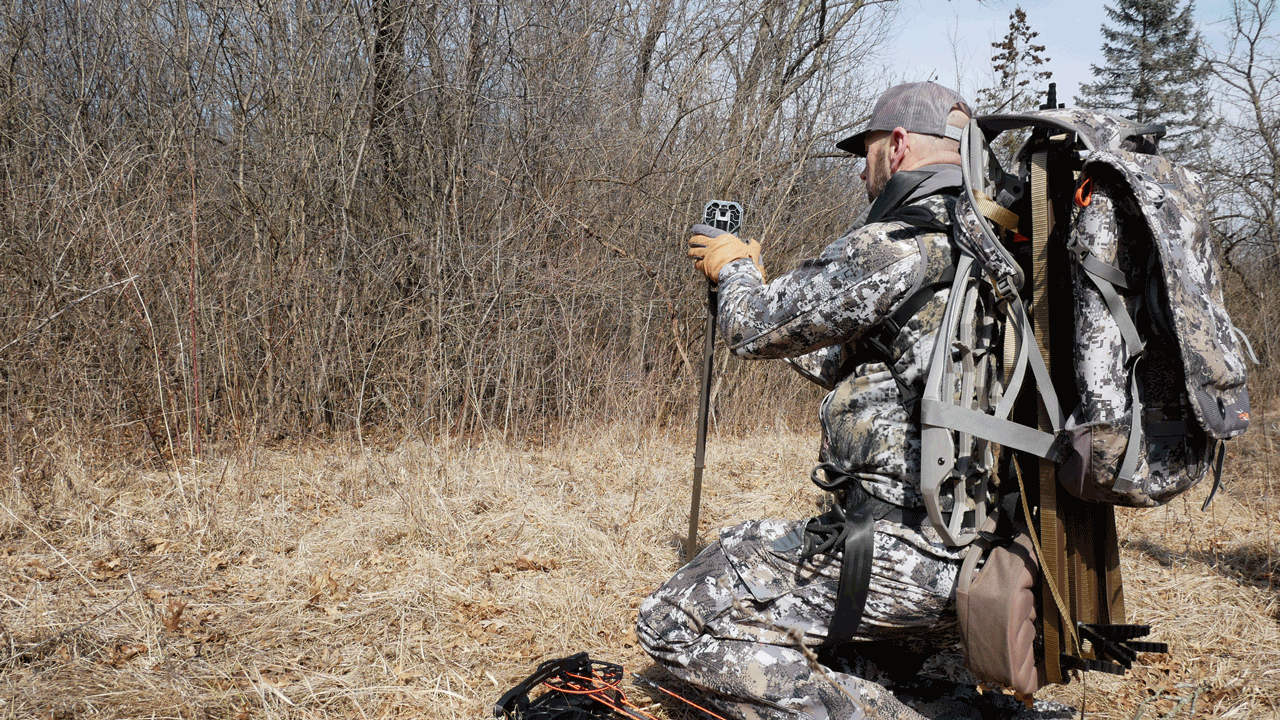When it comes to bowhunting whitetails, some folks hunt every opportunity they get, regardless of weather conditions. Other folks put more forethought into when they hunt, checking their weather apps hourly and hunting their best stands only when conditions are perfect. Which of these bowhunters are more successful? That’s difficult to answer since I personally know successful bowhunters from both categories. The more meticulous bowhunters who plan their time afield around the weather often refer to fronts and pressure systems. This may sound like gibberish to many blue-collar folks who work hard during the week and hunt strictly weekends regardless of weather conditions. Most of them wouldn’t dream of missing an opportunity to hunt given their busy schedules. If you’re a weekend warrior and currently hunt every opportunity you get, is there merit to bucking that routine and planning your hunts based on barometric pressure? Before we dive into barometric pressure’s effect on deer hunting, it’s important to understand barometric pressure in and of itself, and then we’ll address the question, “Does barometric pressure move deer?”

Does barometric pressure impact the way you hunt?
What is Barometric Pressure?
Barometric pressure, also known as atmospheric pressure, is most easily understood as the weight of the air. Barometers are instruments used to measure barometric pressure. Inclines and declines in barometric pressure are naturally signs of changing weather. A rise in barometric pressure generally indicates that weather is improving, where a fall in barometric pressure is indicative of looming inclement weather — perhaps a cold front complete with precipitation.
Do Changes in Barometric Pressure Move Deer?
Enough respected whitetail experts have stated that pressure systems get deer on their feet during daylight hours for me to believe it is factual. However, it doesn’t necessarily mean that is when you’ll get a shot opportunity at the giant buck on your trail camera.
While visiting with QDMA’s Kip Adams, a deer biologist from Pennsylvania, we discussed barometric pressure and whether or not it’s the best time to hunt.
“As an avid hunter and deer biologist, I certainly pay attention to what research shows regarding barometric pressure as it relates to deer hunting,” Adams said. “A fair amount of research has looked at this, particularly now that biologists and researchers have GPS collars on deer. We can determine so much more about deer movement than ever before. However, I’m not aware of any published research that conclusively proves a direct correlation between changes in barometric pressure and actual deer-movement patterns.”
“Now, as a deer biologist and hunter, I firmly believe there is some type of relationship between the two,” Adams continued. “I’ve personally seen it too many times to ignore it. Perhaps there isn’t scientific evidence out there to prove it because we haven’t asked the right questions yet. While science hasn’t proven that barometric pressure affects deer movement, I feel it’s unfair to say that a relationship between the two does not exist — it’s very possible one does.”

You hear about it when watching hunting shows, but does barometric pressure really impact deer movement?
Planning Your Hunts
While there isn’t currently scientific data to prove that barometric pressure moves deer, Adams shares that folks planning to hunt during the rut can more predictably forecast breeding behavior and therefore deer movement based on clear scientific data that does prove when deer breed each year. “Scientific data is very clear that breeding has nothing to do with moon phase or weather,” he said. “Breeding dates do not move by more than a few days from year to year based on that data, so I don’t buy into rut or moon guides or anything like that.
“Consider Pennsylvania, for example,” Adams advised. “We know that peak breeding occurs here between November 10 and 20 every single year regardless of temperature, moon phase or barometric pressure. To that end, I always encourage folks to hunt whenever they have opportunities during the month of November.
“Now, when hunting the early and late seasons, I pay close attention to the wind direction, first, and then changing weather patterns,” Adams continued. “Whether it’s been raining for a period and then clears up, or if it’s been hot and then a cold front is scheduled, weather patterns seem to work for me.”
High or Low?
Earlier, Adams shared that his personal deer-hunting observations suggest there could be a relationship between pressure changes in deer movement, but that there is no conclusive research to back it up. So, I spent some time surfing the web for further non-scientific data that suggests barometric pressure does affect deer movement. I found an article penned by Jim Nelson for Outdoor Life.
In his article, Nelson states, “I have collected barometric pressure data from around the country for years through log book entries from trail cameras, hunters and private studies. The results are clear and indisputable. Deer like a pressure above 30.00 in.”
He continues that, “if you want to see bucks, the ratio of bucks to does sighted when the pressure is between 30.00 – 30.40 is a staggering 1 to 1! When it drops and is between 29.8 and 30.00 there were a third as many deer spotted and with that figure your chances of seeing a buck drops to 1 in 3.”

Trail cameras are a great way to monitor deer activity in varying pressure changes.
Making Sense of Everything
Nelson’s personal data collection suggests a definitive relationship between barometric pressure and deer movement. However, we don’t know what types of properties Nelson was hunting and collecting this data on, nor the fall months when he collected it.
My point is that the whitetail world is full of uncontrollable factors, hunting pressure being near the top. Consider this example:
On property A, which is 2,000 acres that’s tightly managed for hunting pressure, deer will be deer. They’ll bed in predictable places, and they’ll feed in predictable places at predictable times. If a major weather event is approaching, most whitetail experts would agree with me that deer on that property will naturally move earlier to feed ahead of the storm in most cases.
In contrast, property B is a 500-acre parcel of public land open to everyone. Waiting to hunt it until a pressure change is taking a chance. Yes, the front is likely a great time to hunt, but that becomes nonapplicable if another hunter, be he/she a deer or small-game hunter, tromps through the bedding area nearest your stand and blows out all of the deer an hour before you climb into it.
I believe barometric pressure’s effect on deer, as Adams shared during our conversation, is subjective and contextual. In other words, one hunter on a tightly managed private property might see 20-some deer and kill a 170-class buck during a pressure change, while another hunter could see zero deer during that same pressure change while hunting on public land that was recently run out by another hunter. In other words, to conclude that there are absolutes that apply to every property and every pressure system would be preposterous.
Does Barometric Pressure Move Deer? – Conclusion
I wish I could hand you a one-size-fits-all hunting schedule when it comes to the question, “Does barometric pressure move deer?” The reality is that so many factors affect deer movement based on individual regions and even specific properties that it’d be foolish take base all of your hunts on another hunter’s observations.
To truly understand how pressure systems affect deer on the property/properties you hunt, I suggest doing exactly what Jim Nelson did, and that is create a log of deer sightings and trail camera pictures over several years, noting weather details including the barometric pressure. Your efforts in compiling this information will tell you more than anything you can read or listen to online. Why? Because it applies to the property/properties you hunt and not ones that you’ll never step foot on.

 By
By 



